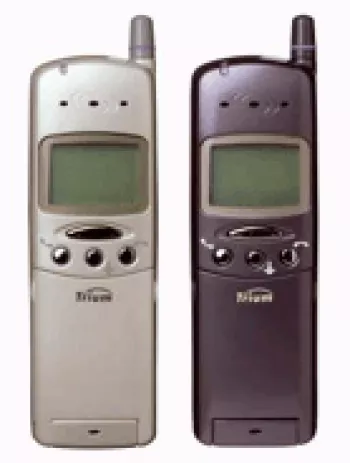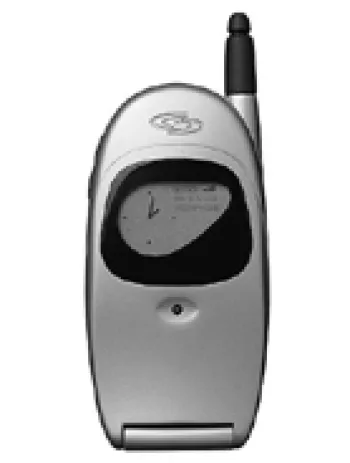Unveiling Mitsubishi M528 Specs Prices & Beyond

Introduction to Mitsubishi M528
The Mitsubishi M528 is a feature phone that was introduced in the last quarter of 2004. While it has since been discontinued, it remains a classic example of early 2000s mobile technology. During its time, it catered to those seeking basic communication functionalities with the added capability of a camera and limited data services.
Design and Build
One of the standout features of the Mitsubishi M528 is its compact design. It measures 76 x 43 x 22 mm and weighs just 72 grams, making it extremely portable and easy to carry in pockets or small bags. The phone features a mini-SIM card slot and comes in three colors: Silver, Red, and Blue, providing some degree of personalization for its users.
Display
The phone is equipped with a CSTN display capable of showing 65K colors, offering a modest visual experience by today's standards but was quite adequate at the time of its release. The display resolution stands at 128 x 128 pixels, maintaining a square aspect ratio. The size of the screen is not specified, but it was typical of feature phones of that era to have screens measuring around 1.5 to 2 inches diagonally.
Performance and Storage
As a feature phone, the Mitsubishi M528 was designed for basic tasks such as calling and messaging. It comes with an internal storage capacity of 2MB, which was typical for phones of its class, allowing for storage of contacts, a limited number of messages, and basic multimedia content. There is no option for expandable storage, but the phone supports a 500-entry phonebook and call records for 10 dialed, 10 received, and 10 missed calls.
Camera Capabilities
Incorporating a VGA camera with 0.3MP resolution, the Mitsubishi M528 provides basic photography capabilities. This was primarily intended for taking quick snapshots, as the quality did not match the more advanced cameras found in modern smartphones. Video recording is supported, albeit with limited resolution and quality.
Connectivity and Communication
Connectivity options in the Mitsubishi M528 are limited. It does not feature Bluetooth, Wi-Fi, or a 3.5mm headphone jack. Communications are based on GSM technology supporting 2G bands GSM 900 / 1800. It allows for SMS and MMS messaging, with a WAP 1.2.1 browser for browsing text-based web pages, which was quite an achievement for its time.
Battery and Power
The phone is powered by a removable Li-Ion battery with a capacity of 600mAh, sufficient for the device's low power requirements and ensuring several days of standby time. The removable battery design was common and appreciated at the time, allowing users to easily replace batteries when necessary.
Entertainment and Other Features
While entertainment options on the Mitsubishi M528 are basic, it does include some games and support for Java applications (MIDP 1.0), which could be downloaded and installed to enhance functionality. The phone supports polyphonic ringtones that could be downloaded, providing customizability for incoming call alerts.
Conclusion
In summary, the Mitsubishi M528 serves as a historical piece of technology that highlights the evolution of mobile phones. Its limited capabilities by today's standards reflect the technological landscape of the early 2000s, where feature phones were transitioning to include more multimedia options while maintaining simplicity and affordability. This phone catered to users looking for basic communication tools with the novelty of a built-in camera and simple web access.
Key Features of Mitsubishi M528
- Compact and lightweight design (76 x 43 x 22 mm, 72 g).
- GSM technology with 2G bands GSM 900/1800.
- 2MB internal storage with phonebook for 500 entries and photo call support.
- VGA main camera with video recording capability.
- Display with CSTN, 65K colors and resolution of 128 x 128 pixels.
- Support for SMS and MMS messaging.
- Java support (MIDP 1.0) for applications and games.
- Multiple color options available: Silver, Red, Blue.
- Removable Li-Ion battery.
- Downloadable polyphonic ringtones.
Drawbacks of Mitsubishi M528
- Outdated Network Technology: Limited to GSM and lacks support for modern connectivity like 3G, 4G, or 5G.
- No EDGE support, limiting data speeds to slower GPRS connections.
- Discontinued status, making it hard to find repairs or replacements.
- Low-resolution CSTN display with only 65K colors.
- Lacks expandable memory, with only 2MB internal storage available.
- VGA camera provides low-quality images and video.
- Absence of a front-facing selfie camera.
- No loudspeaker for hands-free audio or speakerphone functionality.
- Misses modern audio features like a 3.5mm headphone jack.
- No connectivity options such as WLAN, Bluetooth, or positioning services.
- Lacks a built-in radio feature.
- Uses a proprietary USB connection, complicating access to standard accessories.

View Also
More Phones
All Rights Reserved +14266 Phones © Mobilawy 2025
























